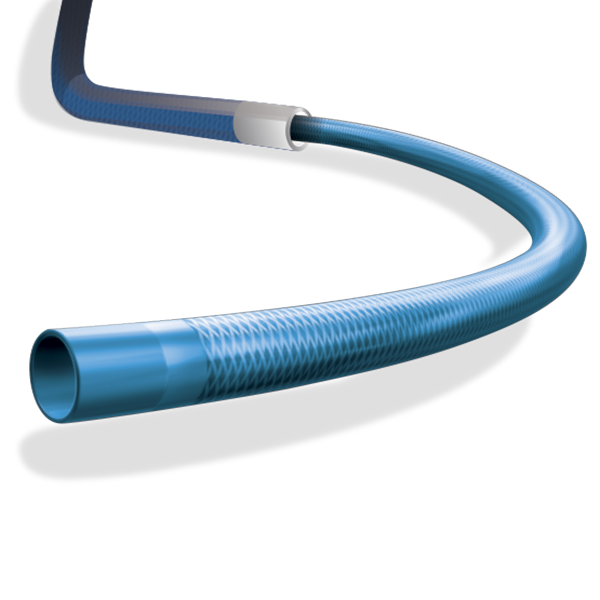

A fluoroscopic image of the marker catheter was recorded in the anterioposterior projection and this was used to create a range of measurements of large vessel anatomy for a range of patients. To help understand the increased failure rate with V2 a descriptive study was undertaken to explain the relationship between a right transradial approach for coronary intervention and the normal aortic and large vessel anatomy.ĭuring planned procedures, a marker catheter was introduced via the right radial artery to sit with its tip on the aortic valve (on the right coronary cusp). All cases where complications occurred related to the V2 Guideliner use were recorded and retrospectively analysed.

With the V3, the 25 cm rapid exchange section was maintained but with an additional 17 cm ‘half-pipe’ segment proximal to the collar transition to minimise stent and collar interaction by directing and aligning stents through the collar transition ( figure 1).Ī retrospective analysis of all cases employing a V2 Guideliner between January-2011 and November-2012 was performed. Guideliner by performing an analysis of normal great vessel and aortic anatomy.įinally we undertook another audit of the V3 Guideliner to assess if the next iteration had overcome the limitations of the V1 and V2 devices.

We then sought to understand the relationship between a right transradial approach to the coronaries and the proximal edge of the V2. Therefore, an audit of the use of the V2 Guideliner in clinical practice was undertaken. In a predominately radial access centre it was our impression that these changes with the V2 Guideliner had not reduced the incidence of complications in routine practice. These features were included in the design of at least two other guide extension catheters (Guidezilla Guide Extension Catheter, Boston Scientific, Boston and Guidion Flexible Guide Extension, IMDS, the Netherlands) with a 25 cm catheter with a polymer proximal collar. This was in response to consumer feedback. The rapid exchange section was extended from 20 to 25 cm to potentially allow deeper intubation into the target vessel. The metal collar on the V1 catheter was changed to an all-polymer collar ( figure 1). 2, 4 Subsequently, the second generation of the Guideliner catheter (V2) was introduced. One of the commonest complications associated with the first generation Guideliner was the interaction between a stent that was being delivered and the proximal collar.


 0 kommentar(er)
0 kommentar(er)
